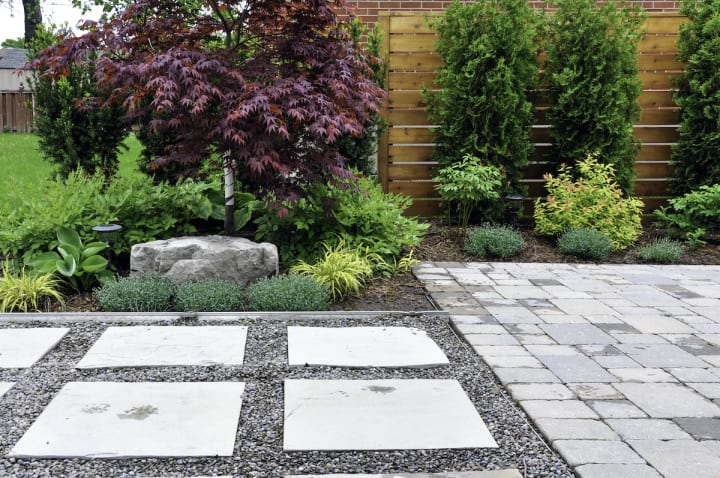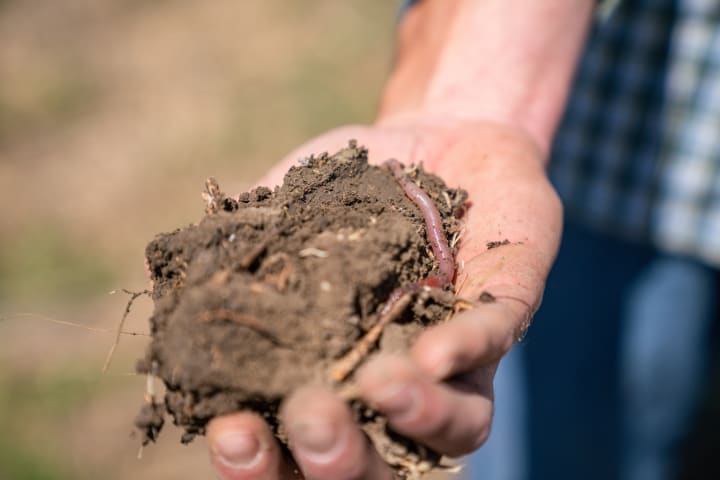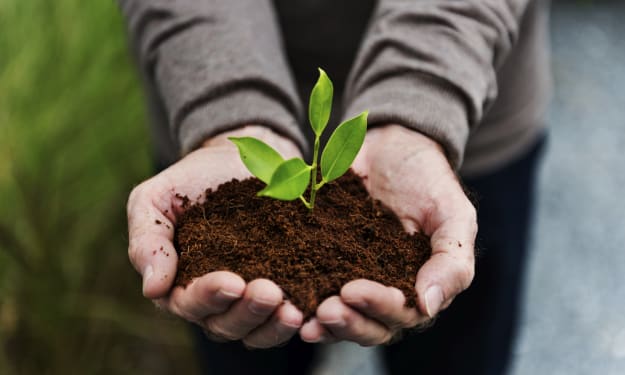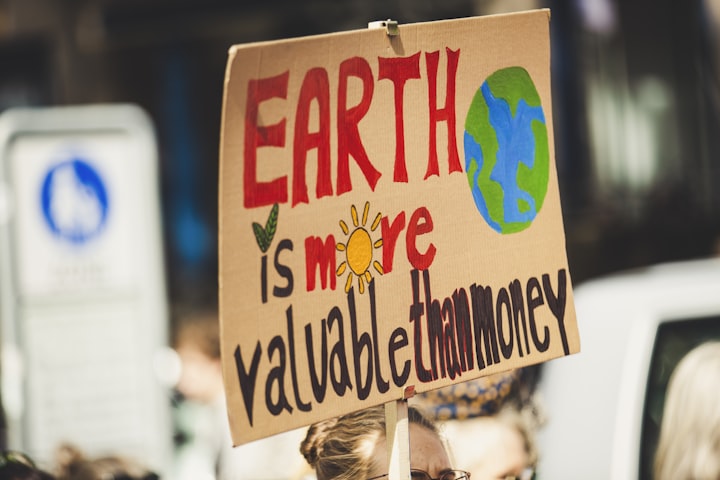The Eco-Friendly Future: Sustainable Hardscaping
With the right equipment and know-how, hardscaping can be done sustainably.

The term "hardscaping" describes a landscape's non-organic characteristics, including paths, decks, driveways, patios, walls, steps, and other man-made constructions. A landscape design that helps local wildlife and reduces pollution might be a part of sustainable hardscaping. This implies that it is possible to lessen your environmental effect without compromising your landscaping objectives.
Benefits of eco-friendly hardscaping
Almost every type of hardscaping can provide several sustainability advantages. Additionally, you can take particular actions to increase the environmental benefits.
Replace Lawns
Since lawns are monocultures, your yard's potential biodiversity is diminished. Grass is the crop that receives the most irrigation in the US, using an estimated 9 billion gallons of water daily.
Hardscaping will help you resist the urge to use fertilizers, pesticides, or herbicides that could pollute the groundwater or harm local wildlife or runoff into the local water supply.
Use products sourced locally
Because exporting heavy materials with a low market value is so expensive, hardscape is virtually usually obtained from nearby quarries. As a result, transportation carbon emissions will be reduced.
Reduce Water Use
Hardscaping is frequently included into xeriscaping, which is landscaping that uses little to no water other than what nature supplies. This type of landscaping can save hundreds of gallons of water yearly and lower the carbon emissions needed to produce clean water.
Prevent Excessive Rainwater Runoff
Hardscapes all too easily worsen soil erosion and precipitation runoff. However, sustainable hardscapes include permeable hardscaping components that let water drain into the soil rather than the sewer. Excessive runoff from rain burdens municipal treatment facilities and pollutes waterways. In areas with harsh winters, there is frequently less ice formation on hardscaping because sustainable hardscaping allows runoff to escape into the soil. This results in less salt being used for de-icing and safer walkways or driveways.

By utilizing permeable pavers, gravel, or other materials that permit rainwater (and oxygen) to precipitate into the soil beneath, you can lessen stormwater runoff. However, not all landscapes are suited for permeable pavers. They are positioned on top of numerous layers of sand, gravel, and other aggregate materials that permit appropriate rainwater drainage. Installing permeable pavers under a tree canopy might damage or even kill the roots that maintain the tree healthy and upright since the sub-base of permeable pavers is dug deeper than non-permeable pavers.
Use permeable surfaces, such gravel paths, in between any impermeable ones when possible. In a ribbon driveway, the spaces between the asphalt surfaces that are used for driving can support grass or other vegetation. Any impermeable surface can be gradually sloped in order to direct rainfall away from the street and into your garden beds or a rain garden. Even more water loss and soil erosion are decreased by adding a rain barrel.
Use Recycled Products
Think about using recycled concrete, glass aggregates, or other building materials instead of ones that would otherwise end up in a landfill. In addition to recovered hardscaping materials, your local landfill may also sell other salvageable items. Garden walls, fire pits, raised beds, walkways, and other constructions can all be made from recycled materials. Additionally, natural resources like clay can be used to create pavers.
Recycled or recovered wood can be used to build wooden structures like raised beds or decks. Additionally, hollowed-out, stained, or otherwise maintained felled logs can be used as planters, patio, road, sandbox, or vegetable bed borders. Make sure your wood hasn't been exposed to any hazardous chemicals, especially if you plan to produce food nearby.
Encourage Local Wildlife
The soil below is made more hospitable to subterranean life by using permeable hardscape, including earthworms, ground-nesting bees and other helpful insects, significant microbes, and plant roots—all vital to any healthy ecosystem. Under the dirt, there is more life than on top of it. Plant native trees, shrubs, and perennial flowers in garden beds between hardscaped areas to foster wildlife habitats and draw pollinators.

Use flagstones with irregular shapes and unpaved spaces between them to allow for drainage. Then, plant low-growing native plants such as moss phlox (Phlox subulata), wild strawberries (Fragaria virginiana), and Canby's mountain lover (Paxistima canbyi) in the spaces between the flagstones to fill them in and prevent weeds from growing.
About the Creator
Alex Hermes
Hi friends! I'm Alex and I'm a mindfulness copywriting environmentalist. I write about topics such as eco-friendly lifestyles, travelling, cooking, history etcetera. I'd love to share my interests with you! Don't hesitate to contact me.






Comments
Alex Hermes is not accepting comments at the moment
Want to show your support? Send them a one-off tip.